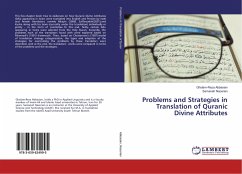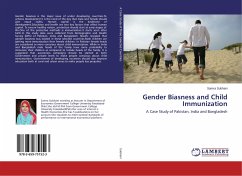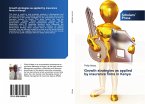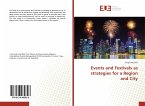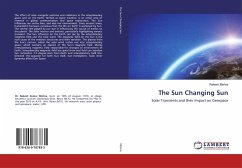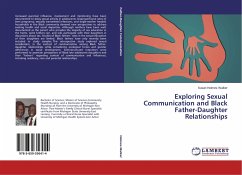This five-chapter book tries to elaborate on how Quranic Divine Attributes (DAs) appearing in twins were translated into English and Persian by male and female translators; namely Nikayin (2006), Saffarzadeh(2001),and Kusha along with his team (currently under the translation) individually or jointly - in the form of committee. To this end, firstly, certain DAs appearing in twins were selected from the Holy Quran. Secondly, the problems each of the translators faced with were explored based on Miremadi's (1991) framework. Then, based on Chesterman's (1997) model of translation strategy categorization, the types and adoption of the strategies for overcoming the problems by these translators were described. And at the end, the translators` works were compared in terms of the problems and the strategies.
Bitte wählen Sie Ihr Anliegen aus.
Rechnungen
Retourenschein anfordern
Bestellstatus
Storno

